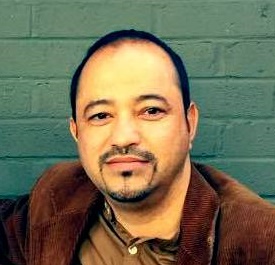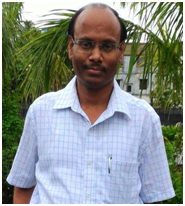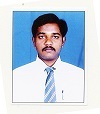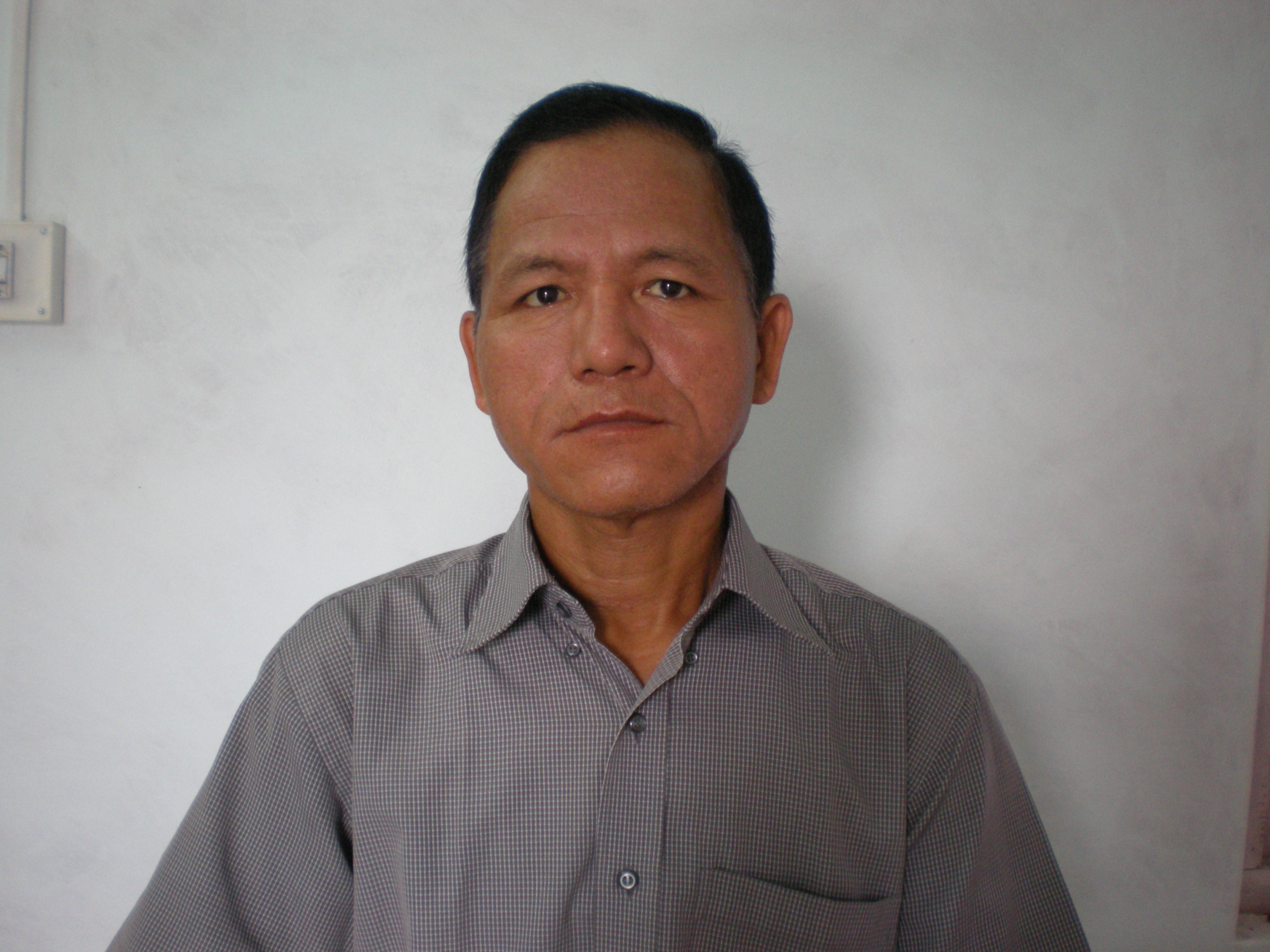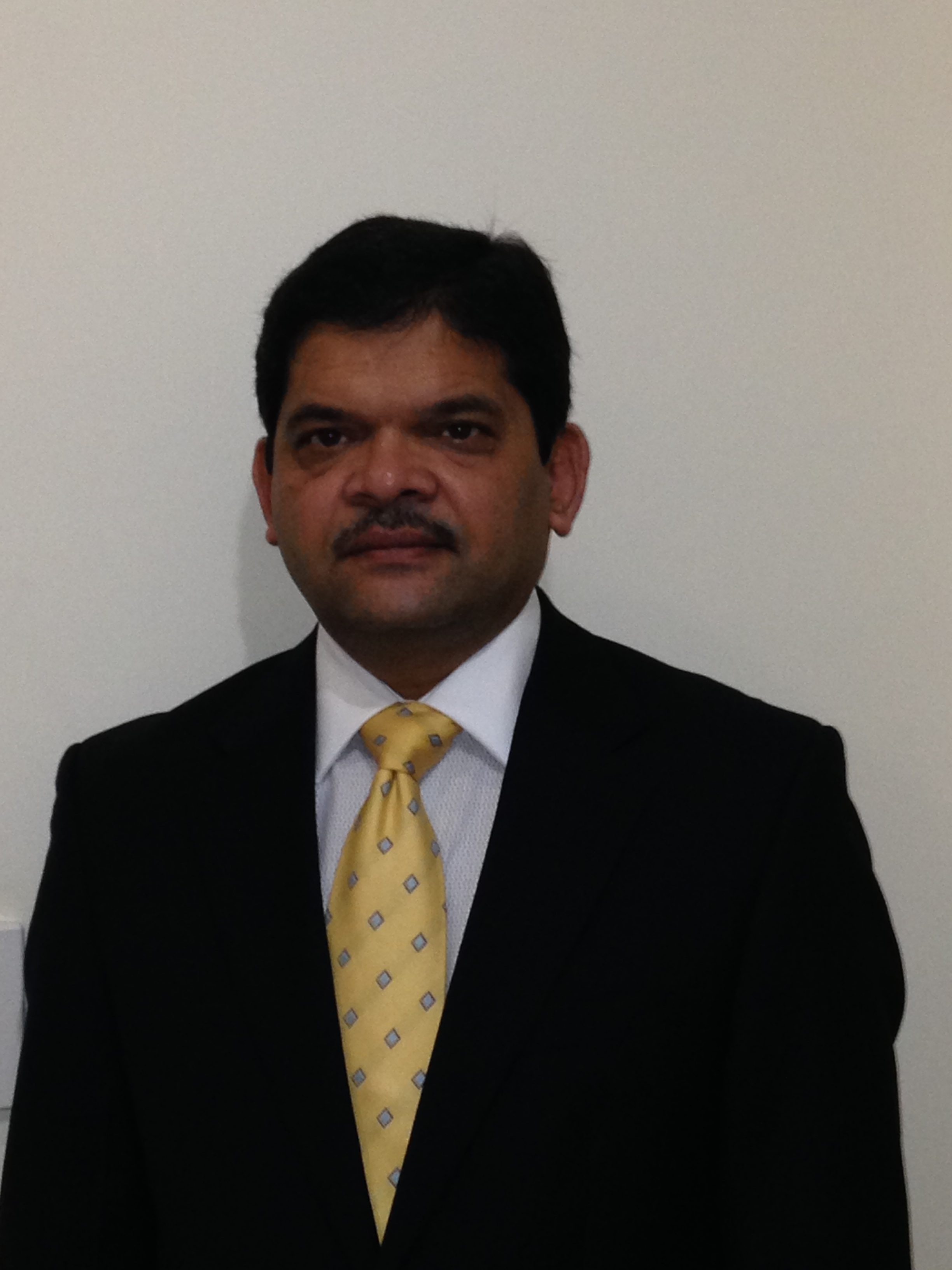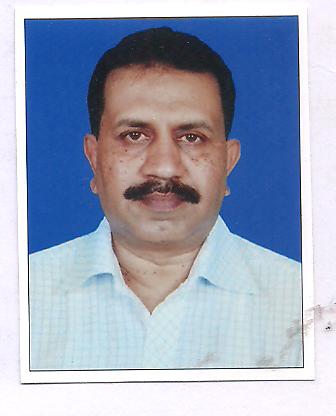Jump to:
A framework for Ecological Transformation of Musi River through Geodesign
Ajitkumar Babar and Sarat Chandra Bokka (presenter)
ESRI India Technologies, India
Hydromorphological walkover survey of 5500km of Scottish Rivers: lessons and opportunities
Sally German, Katie Atkinson, Irantzu Lexartza and David Hetherington
Arup, UK
Riverbed Farming Technology adoption by land poor farmers of Tarai districts of Nepal
Hari Gurung and Juerg Merz
HELVETAS Swiss Intercooperation, Nepal
It’s more than just introducing technology: water resources data and information management systems in a post-conflict country
Craig McVeigh, Lucy Barton and Adam Smith
Similie, Australia
Monitoring River Ecosystems Through Citizen Science and Digital Tools
Dr. Pradeep Mehta, Surbhi Sharma, Surabhi Bhardwaj, Pranab J. Patar and Raghuvansh Saxena
Earthwatch Institute India
Modelling a part of Baitarani sub-basin using river system approach through source software
Rabindra Nath Sankhua, Rajendra Kumar Jain, Sandeep Bisht and Shikha Deep
Central Water Commission, India
Nanotechnology for Water Treatment
Jack Schubert
Murdoch University, Australia
Water Sensitive Growth, Not Water Intensive Growth in the North-Western Indian States
Ranvir Singh
Massey University, New Zealand
Assessing a varying demand scenario using WEAP for Damanganga Project, India
Sanjay Yadav and Minal Jariwala
Sardar Vallabhai National Institute of Technology, India
Managing Nutrients from Sewage Treatment Plant Discharges in to Receiving Waters by Utilising Nutrient Offsets Framework
Partha Susarla
Unitywater, Australia
